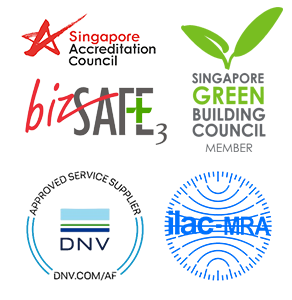Ambient air monitoring is an integral part of an effective air quality management system. It is a systematic way of collecting data through analysers to:
- assess the extent of pollution;
- support implementation of air quality goals or standards;
- evaluate the effectiveness of emissions control strategies;
- provide information on air quality trends;
- provide data for the evaluation of air quality models; and
- support research (e.g., long-term studies of the health effects of air pollution).
Ambient air monitoring can be analysed using different analytical procedures. The appropriate protocol deployed depends on the client’s requirements and budget. EUROFINS STATS is capable of developing a monitoring strategy that takes into consideration of the client’s budget, reliability of systems, and ease of operation.
The locations for monitoring stations depend on the purpose of the monitoring. Most air quality monitoring networks are designed to support human health objectives, and monitoring stations are established in population centers. They may be near busy roads, in city centers, or at locations of particular concern (e.g., a school, hospital, particular emissions sources). Monitoring stations also may be established to determine background pollution levels, away from urban areas and emissions sources.
Systems are needed to ensure that data are of acceptable quality, to record and store the data, and to analyze the data and present results. The following limits are used in Singapore for regulating ambient air quality. More information can be found in http://www.nea.gov.sg/anti-pollution-radiation-protection/air-pollution-control/air-quality-and-targets


